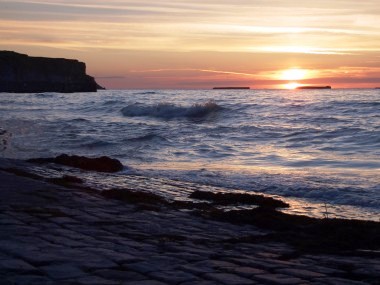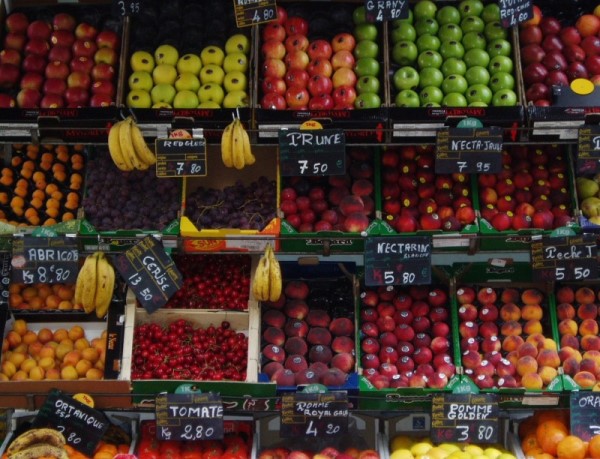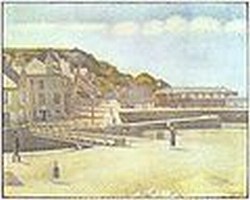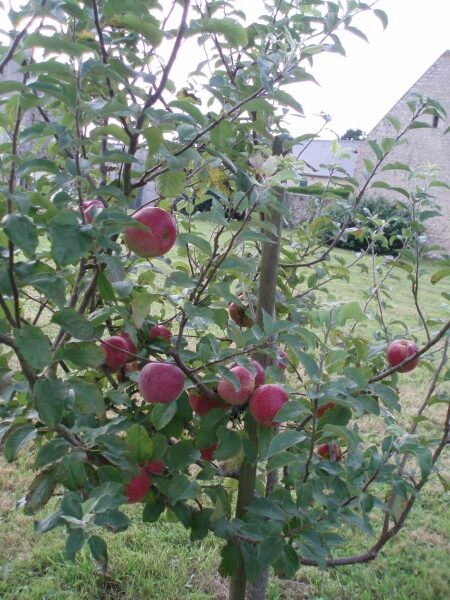Rugged cliffs, 600 kms of magnificent beaches and a lush inland landscape are irresistible magnets for those who love France. Add a mild climate, excellent transport links, plus mouth watering local cuisine, and you have the perfect recipe for any location. Enjoy the coast, by all means, but take the opportunity to appreciate the Norman countryside, with its villages, leafy lanes, clear streams, rolling fields and wooded valleys with beech and pine forests.
There is no shortage of interesting and sometimes charming places to visit in Calvados. Its seaside towns are particularly pleasant. Courseulles is a seaside resort and marina with windmills, the châteaux of Fontaine-Henry, Creully, and Brecy, the 11th century church at Thaon and the priory of Saint Gabriel are all nearby.
Further afield, Lisieux has interesting architecture restored after the war, and is becoming a major destination for pilgrims coming to the Basilica of Ste-Therese. Beuvron-en-Auge is classified as one of France’s most beautiful villages, while Beaumont-en-Auge, standing on a high promontory offers a picturesque view up to the seaside, and Bayeaux is a lively market town.




